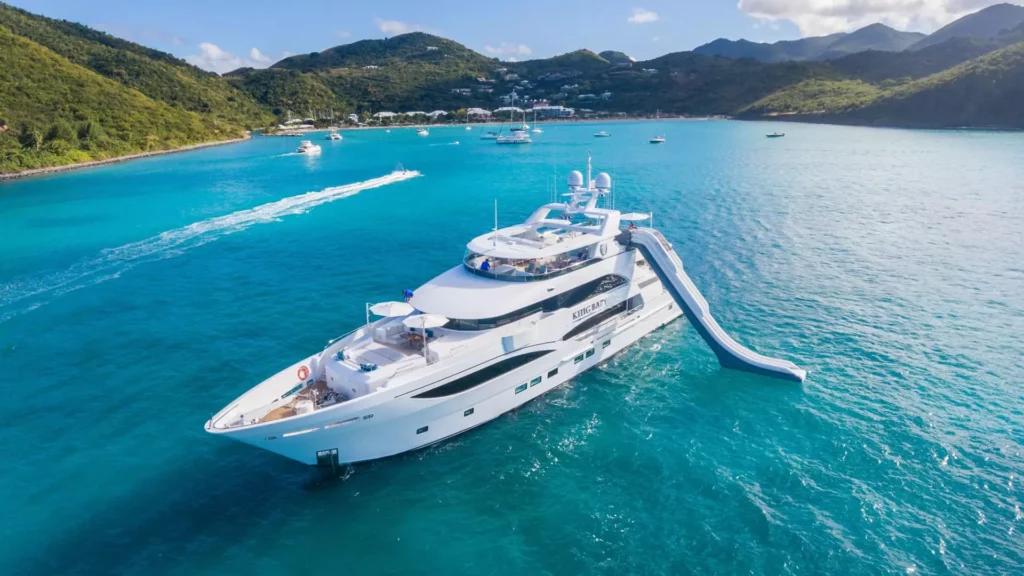![]()
In the year 2023, the superyacht industry faced a significant decline in sales, with new superyacht sales dropping by 17%. This decline can be attributed to a combination of factors such as long waiting lists, soaring costs, and sanctions on oligarchs. According to the SuperYacht Times’ State of Yachting report, there were only 203 sales of new superyachts in 2023, down from 245 in the previous year and a significant decrease from the record-breaking 313 sales in 2021. Ralph Dazert, the head of intelligence at SuperYacht Times, highlighted the challenges faced by buyers looking to purchase a new yacht over 200 feet, with wait times extending to three to four years due to backlogs caused by the pandemic. Additionally, escalating labor and material costs have contributed to a surge in prices, further dissuading potential buyers. As a result, Dazert anticipates a further decline in new superyacht sales in the coming year.
Impact of the Ukraine Invasion
The largest superyachts, measuring over 200 meters in length, experienced a substantial decline in sales, with a staggering 40% drop. This decline can be attributed to the withdrawal of rich Russian buyers from the market following the Ukraine invasion in 2022. The report noted that Russian buyers were known for ordering extravagant and oversized yachts, leading to a significant gap in the market. However, American buyers have stepped in to fill this void, accounting for nearly a quarter of all superyacht sales in 2023. Despite traditionally opting for smaller vessels compared to Middle Eastern and Russian buyers, American buyers are increasingly investing in larger yachts. The average length of a Saudi-owned superyacht stands at 202 feet, slightly larger than the 200 feet for Russian buyers and significantly exceeding the 177 feet average for American buyers.
Yacht Completions on the Rise
In contrast to the decline in new superyacht sales, yacht completions saw a notable increase in 2023. The completion of yachts ordered during the peak of the pandemic frenzy has surged by 31%, totaling 202 superyachts. This rise in completed yachts indicates a growing demand for the entire yacht ecosystem, encompassing builders, brokers, marina slips, and crew. The expanding fleet of superyachts, which now numbers close to 6,000 – triple the figure from 2002, according to SuperYacht Times – signifies a sustained growth in the yacht economy. Dazert pointed out that the influx of wealthy buyers entering the market during the Covid era continues to utilize their yachts, with many choosing to upgrade. As a result, the yachting economy is poised to reach new heights, fueled by a permanently expanded customer base.
The landscape of superyacht sales in 2023 has witnessed a notable shift, characterized by a decline in new sales, a rise in completions, and a reshuffling of buyer demographics. While challenges such as waiting times, soaring costs, and geopolitical events have impacted the market, the industry remains resilient, buoyed by a growing base of affluent customers. As the demand for superyachts continues to evolve, stakeholders in the yacht economy must adapt to capitalize on emerging opportunities and navigate the changing tides of the luxury marine industry.

Leave a Reply